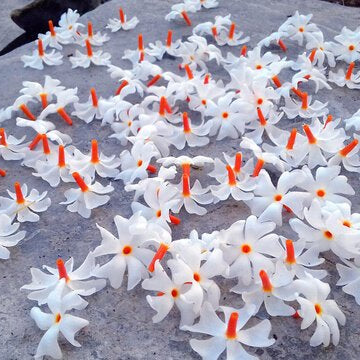
Available 24/7
Available 24/7

Do you have a few water plants in your outdoor or indoor garden? No? Perhaps now is the time to purchase one. Water plants are beautiful, intriguing, and relatively easy to care for.
These amazing plants may add interest to a pond or water feature while also improving the air quality.
Everyone has a favourite pond plant collection, but there may be some types you haven't yet included in your water garden. Read on to find out which Water Plants For Your Garden are best.

Water lettuce (Pistia stratiotes), commonly known as water cabbage, is an excellent aquatic plant to begin collecting. These plants generate an intriguing maze of hanging roots with a little effort, creating the ideal environment for fry and nervous fish. Water lettuce forms a rosette of leaves floating on the top of the water, with dense, submerged roots beneath it.
Water lettuce can grow up to 10 inches (25.5 cm) in diameter, however it is usually smaller in a home aquarium. Its leaves have no stems and are covered in small, silky hairs on the surface that help to trap air and boost the plant's buoyancy.
The sight of a few water lilies (Nymphaea spp.) floating on the surface is quite lovely. A few water lilies, in addition to their beauty, can help keep a backyard pond healthy; the shade they give shelters fish and keeps the water clear by avoiding algae growth.
Water lilies can be grown in a large tub, such as a stock tank on your patio, if you don't have access to a pond. Pink, white, yellow, and red water lilies bloom in a range of colours. Hardy lilies are a fantastic choice for novices because they are dependable and simple to grow.
If you never quite get it right while watering your plants, Cyperus (Cyperus alternifolius) is the plant to grow because it demands continual hydration at the roots and cannot be overwatered. The tall stems are adorned with umbrellas of radiating bracts that resemble leaves, giving the plant an oriental aspect.
Indoors, care for an umbrella plant is similar to that of any other tropical houseplant. Allowing the umbrella houseplants to dry out is never a good idea. The plant will survive as long as it is kept moist and warm in slightly acidic soil. Dead stems should be pruned as needed, and a diluted liquid plant food should be applied once a year.
Powdery thalia (Thalia dealbata) is a tropical aquatic species that are commonly utilised in household water gardens as a spectacular pond plant. Thalia, also known as powdered alligator flag or water canna, is a tall perennial that can reach six feet in height (about 2 m.).
These names are derived from the white powdery coating that covers the entire plant, as well as the leaves' resemblance to those of the canna plant. They can be planted on the pond's edge or submerged to a depth of 18 inches underwater (46 cm.).
Thalia thrives best when planted in full sun and prefers a deep, healthy loam. Growing powdered thalia in backyard ponds gives a tropical feel to water features due to its exotic appearance.
Calla lilies are not true lilies, despite their name. These plants are well-known among gardeners for their lovely leaves and sensual blossoms, as well as their ease of maintenance. The white Callas are semi-aquatic, whilst the hybrid coloured ones require drainage.
The former can be completely submerged in water, but the latter should only come into contact with the top layer of water.
Rough horsetail is ideal for giving your outdoor ponds a vertical presence. It has vertical green stems with horizontal bands, like bamboo, but they're thinner and higher, like ornamental grass. Horsetail thrives in moist environments, including standing water. As a result, it's frequently utilised to adorn water gardens or swampy places.
Horsetail, like ferns, reproduces via spores rather than seeds. Horsetail is an aggressive spreader, so keep that in mind when planting it anywhere other than a pot. It's best to use soil barriers or another sort of confinement to keep it from taking over your garden or other planted areas.
Now it's your turn. Which water plant would you choose for your backyard pond or home? Please let us know in the comments section below. We'd be delighted to hear from you! Here are several that you can purchase for yourself.
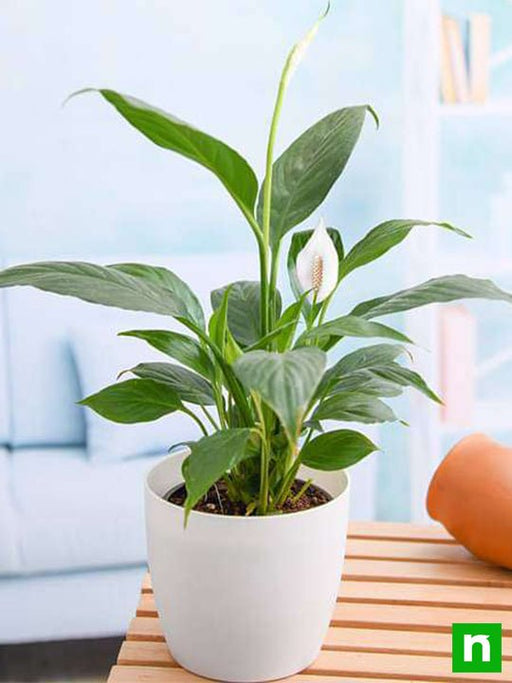
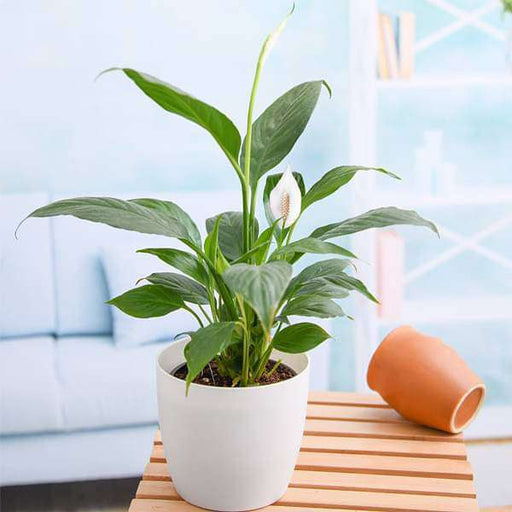 Save up to 15%
Save up to 15%
(MRP Inclusive of all taxes) Shipping ₹79 for entire order Dispatch in 7 days Country of origin: India Today's Offer Get ₹249 Air Purifier M...
View full details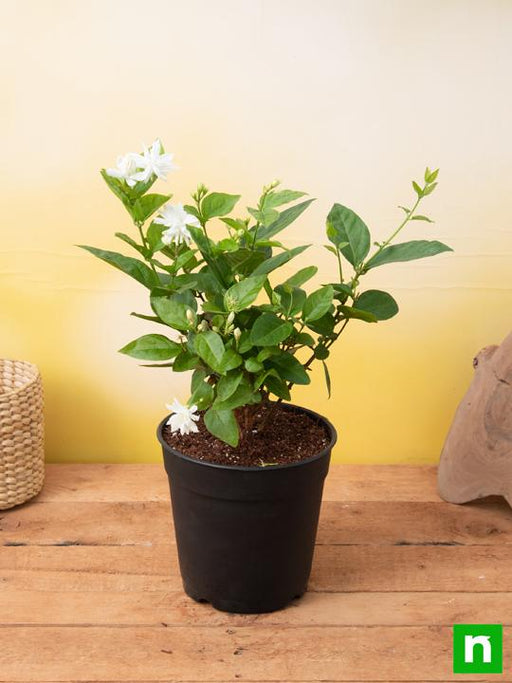
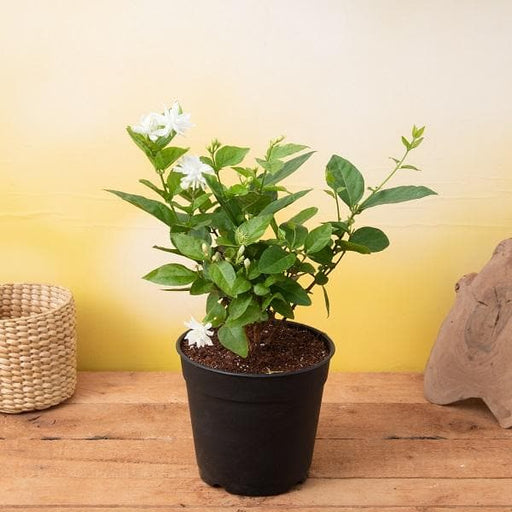 Save 20%
Save 20%
(MRP Inclusive of all taxes) Shipping ₹79 for entire order Dispatch in 7 days Country of origin: India Today's Offer Get ₹249 Air Purifier M...
View full details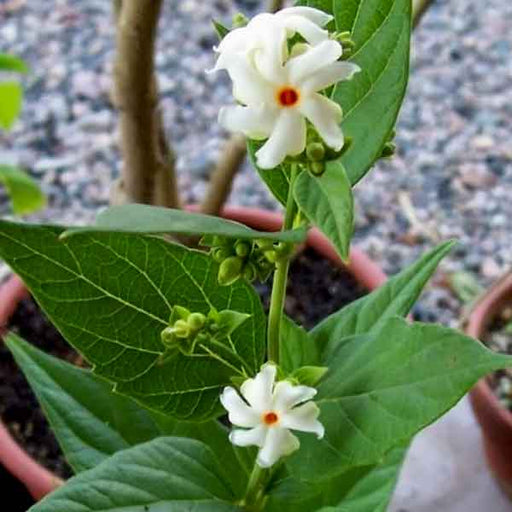
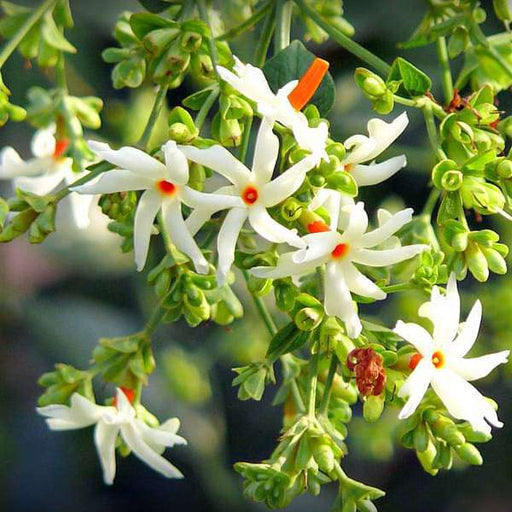 Save 14%
Save 14%
(MRP Inclusive of all taxes) Shipping ₹79 for entire order Dispatch in 7 days Country of origin: India Today's Offer Get ₹249 Air Purifier M...
View full details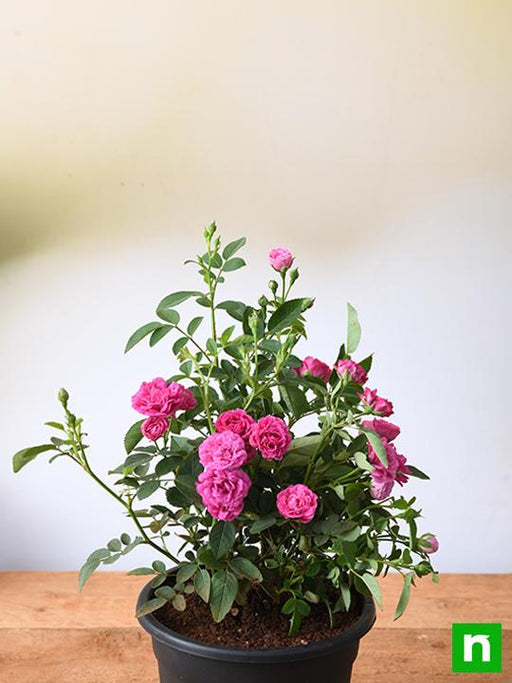
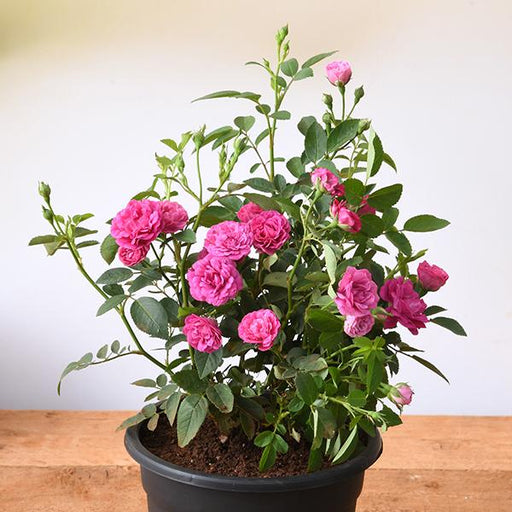 Save 14%
Save 14%
(MRP Inclusive of all taxes) Shipping ₹79 for entire order Dispatch in 7 days Country of origin: India Today's Offer Get ₹249 Air Purifier M...
View full details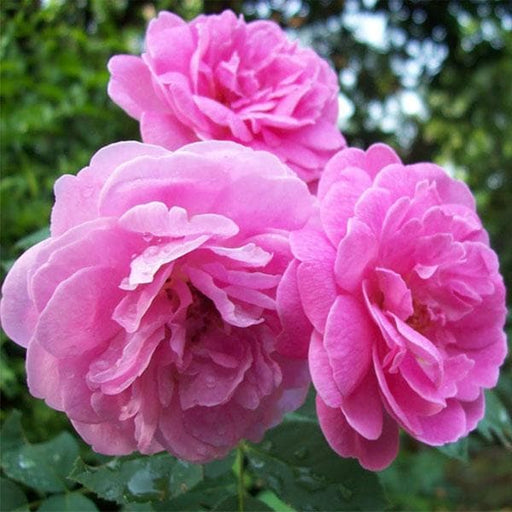 Save 20%
Save 20%
(MRP Inclusive of all taxes) Shipping ₹79 for entire order Dispatch in 7 days Country of origin: India Today's Offer Get ₹249 Air Purifier M...
View full details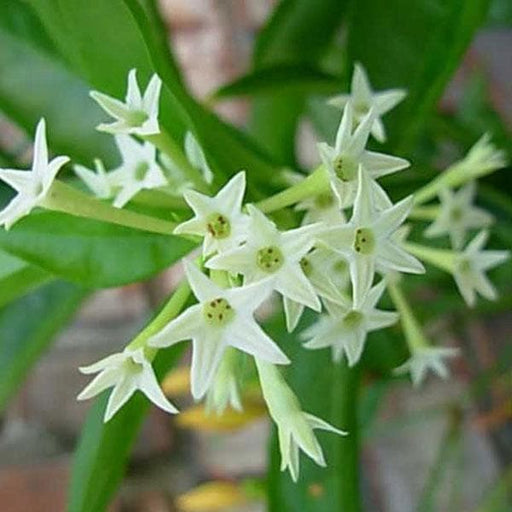
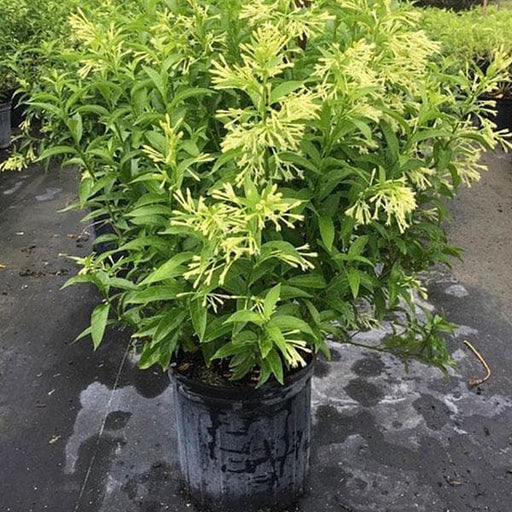 Save 14%
Save 14%
(MRP Inclusive of all taxes) Shipping ₹79 for entire order Dispatch in 7 days Country of origin: India Today's Offer Get ₹249 Air Purifier M...
View full details Save 45%
Save 45%
(MRP Inclusive of all taxes) Shipping ₹79 for entire order Dispatch in 7 days Country of origin: India Today's Offer Get ₹249 Air Purifier ...
View full details Save 45%
Save 45%
(MRP Inclusive of all taxes) Shipping ₹79 for entire order Dispatch in 7 days Country of origin: India Today's Offer Get ₹249 Air Purifier ...
View full details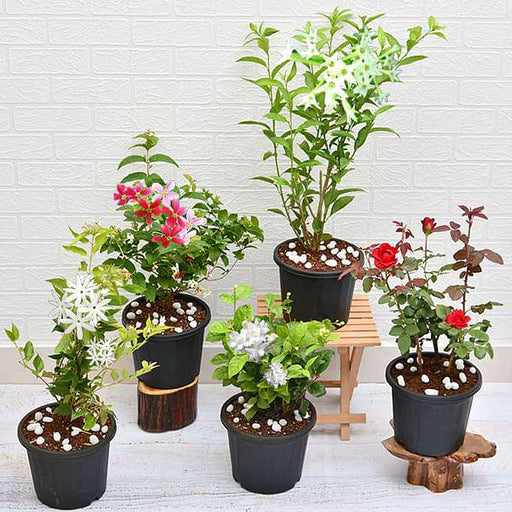 Save 12%
Save 12%
(MRP Inclusive of all taxes) Shipping ₹79 for entire order Dispatch in 7 days Country of origin: India Today's Offer Get ₹249 Air Purifier M...
View full details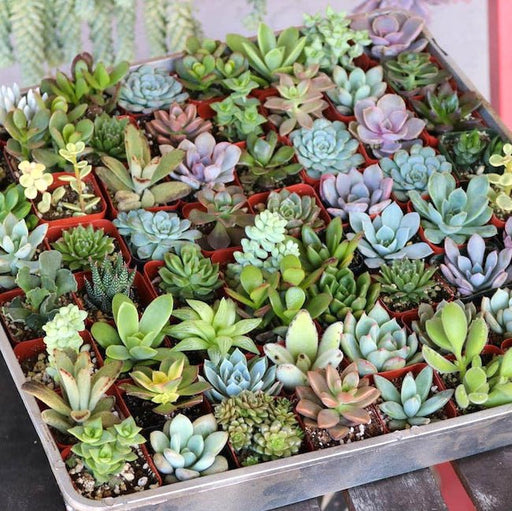
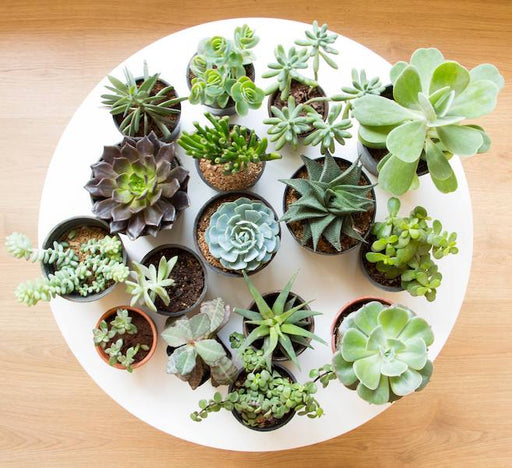 Save up to 50%
Save up to 50%
(MRP Inclusive of all taxes) Shipping ₹79 for entire order Dispatch in 7 days Country of origin: India Today's Offer Get ₹249 Air Purifier M...
View full details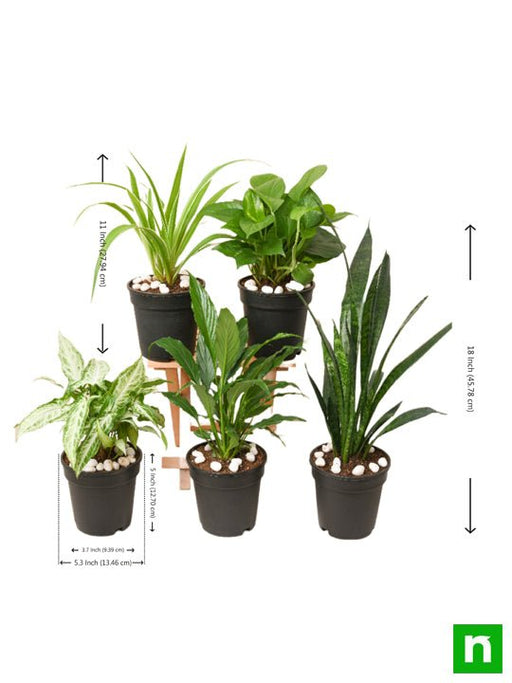
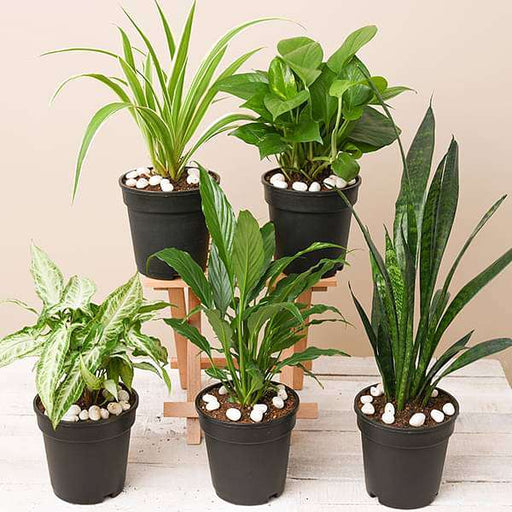 Save 21%
Save 21%
(MRP Inclusive of all taxes) Shipping ₹79 for entire order Dispatch in 7 days Country of origin: India Today's Offer Get ₹249 Air Purifier M...
View full details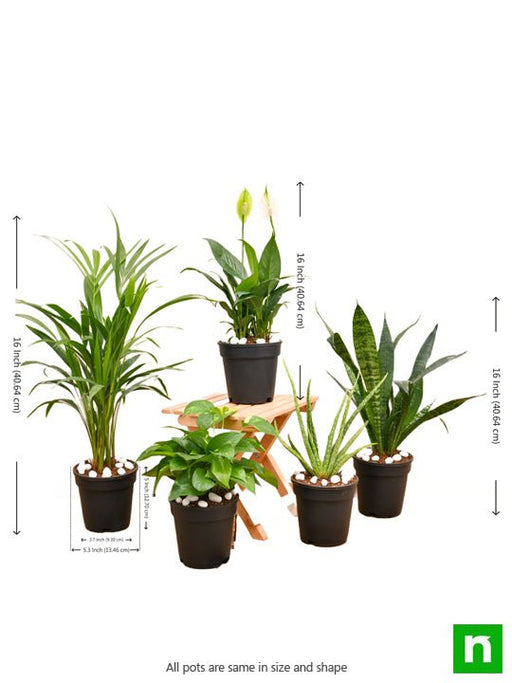
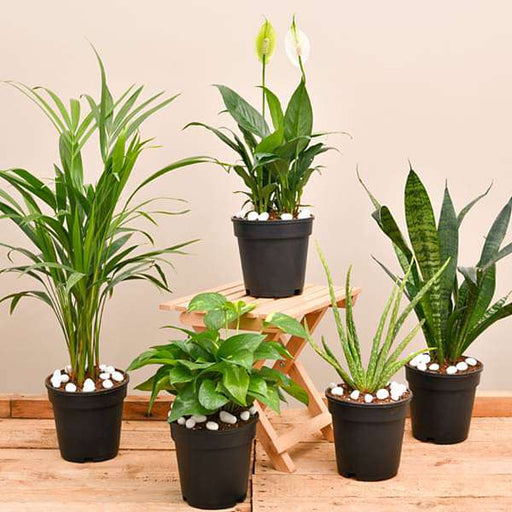 Save 20%
Save 20%
(MRP Inclusive of all taxes) Shipping ₹79 for entire order Dispatch in 7 days Country of origin: India Today's Offer Get ₹249 Air Purifier M...
View full details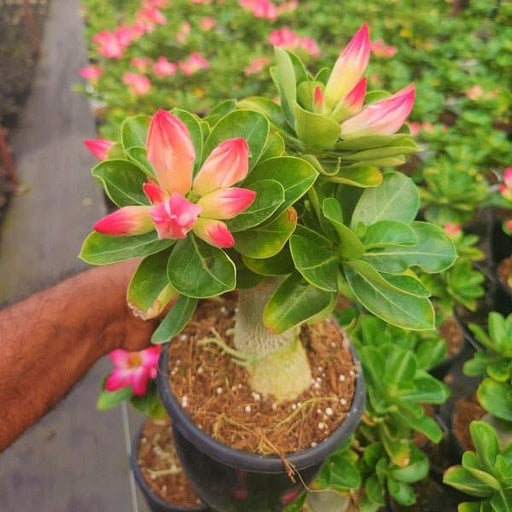
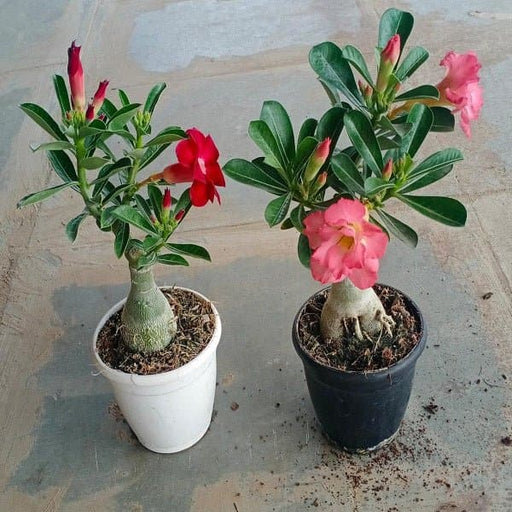 Save 40%
Save 40%
(MRP Inclusive of all taxes) Shipping ₹79 for entire order Dispatch in 7 days Country of origin: India Today's Offer Get ₹249 Air Purifier M...
View full details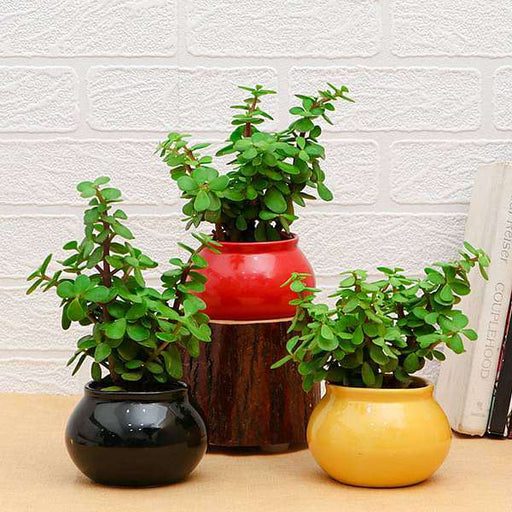 Save 22%
Save 22%
(MRP Inclusive of all taxes) Shipping ₹79 for entire order Dispatch in 7 days Country of origin: India Today's Offer Get ₹249 Air Purifier M...
View full details
Comments
Leave a comment